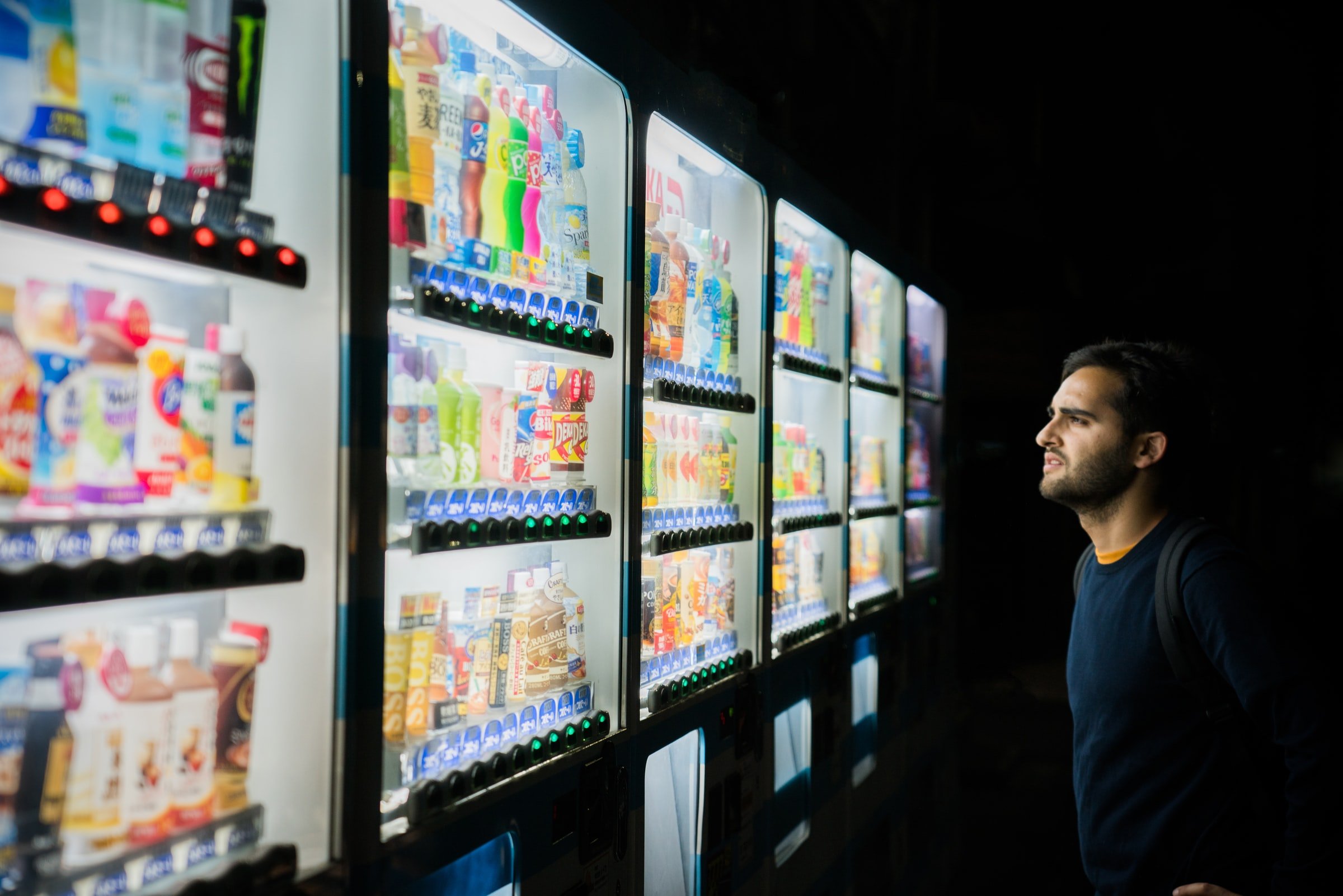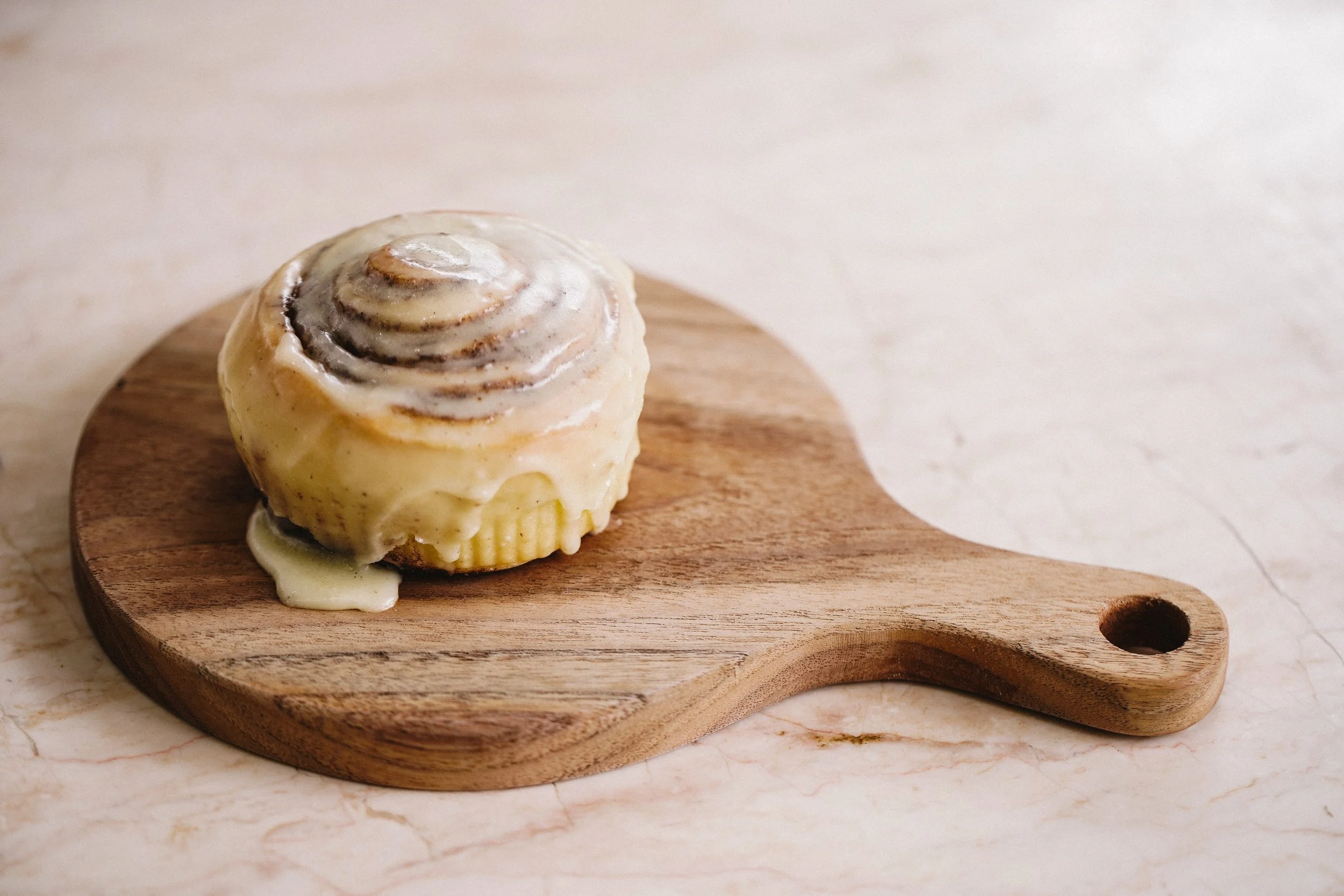How the Paradox of Choice Influences Christmas Shopping Behaviors
Photo by Alisa Anton, Unsplash
December is the proper introduction for the best time of the year.
With Thanksgiving festivities, Black Friday and Cyber Monday deals out of the way, there’s only one thing left on everyone’s minds… Christmas.
It’s also the time of year where parents and loved ones are scramming to the stores in angst trying to buy the best gifts for Christmas morning. But with so many options and little time to spare, panic may arise.
At this point, it’s not the Grinch who stole Christmas but rather the paradox of choice. To best understand how this concept paralyzes our decision-making, let’s look deeper into the psychology behind it.
The Paradox of Choice
Between more or less, which is the lesser of two evils?
Psychologist Barry Schwartz captured the concept perfectly in his book, The Paradox of Choice: Why More Is Less. He argued that shoppers suffered more anxiety and were less happy with the outcome when offered more choices. This ultimately led to the conclusion that reducing consumer choice is more likely to generate sales. Yes, that’s right, fewer options make for happier people.
The main evidence behind this comes in the form of two studies: jam and retirement savings.
Supermarket customers were offered different kinds of jam—6 versus 24. People who sampled 6 jams were nearly 10 times as likely to buy one of the jams. When offered 24 different variants, they only bought 3% of the time.
The second study focused on retirement savings across Vanguard investors. It showed that having a greater number of retirement saving plan options decreased the percentage of people who started saving towards their retirement. Every 10 additional options offered lowered the number of people participating by about 2%.
To better encapsulate the idea behind the paradox of choice, imagine the following scenario.
Picture yourself walking into the best buffet in town that serves all your favorite dishes. Now, since it’s an all-you-can-eat buffet, you have the freedom to eat to your heart’s desire. Initially, this must have been a pleasant thought in that you were going to enjoy all sorts of delectable dishes, but as you start consuming more and more you begin to question your food choices. You start to enter a food coma phase in which you no longer feel satisfied with the countless variety of dishes displayed in front of you, making that supposed-exciting experience into a burden.
The main idea behind the paradox of choice is that no matter how many more thrilling options you may initially be presented with, it will only end up creating dissatisfaction. Hence the paradox. Forget the Notorious B.I.G.’s “Mo Money Mo Problems”, talk about Schwartz’s “Mo Choices, Mo Problems”.
Such acts further inundate consumers in the pool of options, making us more disposable to succumb to the mercy of the brands and companies we interact with. This demonstrates how contradiction is the doorway of getting caught off guard in the shopping experience. Let’s uncover the methods that persuade shoppers to shop more with less.
How the Paradox of Choice Influences Consumer Behavior
Stores know this and are designed for it. They leave the candies and the sweet treats within arm’s reach, so after a long and arduous journey through the aisles, you can grab a little snack. Mars Wrigley, producer of Snickers, Skittles and Orbit gum, released a report where “beverages maintain their number one spot for products purchased at the front end, with 34% of sales” while candy takes the second spot for 21% of total check lane sales and gums and mints garner 17.7% of sales. Extra glucose for your brain, and extra money for them!
These unplanned, last-minute purchases add up on a large scale. Think about your Christmas shopping in the same way. If stores know that you’re going to be rushing around trying to find gifts, then add-on purchases and little bits and bobs are the perfect things to show you. You can be mentally drained and won’t be able to resist. Couple that with not being able to find the gift you were looking for, and it may result in you trading up to a more expensive version or to something completely different.
Stores like UNIQLO, where simplicity may seem underwhelming, is the personification of such a riddle. At a glance, UNIQLO’s basic lineup of a few sorted styles of clothing items may not pose any shopping paralysis. But after choosing between a crew neck, v-neck, or turtleneck, you come across the dilemma of having to pick among the countless array of options for colors and patterns offered. What may have appeared to be a minimalist product offering by design can turn out to be a complex selection process, which further fortifies the idea behind the paradox of choice.
With about 62% of Americans making their Christmas purchases the week before, brands must respond and prepare for the last-minute shoppers—a playground for neuromarketers.
So start shopping before time runs out. Because “maybe Christmas”, as the Grinch thought, “doesn’t come from a store. Maybe Christmas...perhaps...means a little bit more!”



What’s Next?
References
Almy, J. & Wootan, M. (2015). “The Food Industry’s Sneaky Strategy For Selling More”. Center for Science in the Public Interest. Retrieved in https://cspinet.org/temptation-checkout
Dautovic, G. (2020). “Christmas Spending Statistics: Deck the Halls with Boughs of Money”. Fortunly. Retrieved from https://fortunly.com/statistics/christmas-spending-statistics/#gref
Ellerbee, T. (2018). “Mars Wrigley’s Front-End Plan Can Bring ‘Instant’ Double-Digit Growth”. The Shelby Report. Retrieved from https://www.theshelbyreport.com/2018/05/22/mars-wrigleys-front-end-plan/
Holmboe, C. (2018). “Retirement Saving and the Paradox of Choice”. Medium. Retrieved from https://medium.com/@conrad_holmboe/retirement-saving-and-the-paradox-of-choice-6d7674ede5a7
Mardsen, P. (2015). “The Jam Study Strikes Back: When Less Choice Does Mean More Sales”. Digitalwellbeing.org. Retrieved from https://digitalwellbeing.org/the-jam-study-strikes-back-when-less-choice-does-mean-more-sales/
Schwartz, B. (2004). The Paradox of Choice: Why More is Less. Harper Perennial.































Dive into the fascinating intersection of psychology and marketing and how to use psychological biases in marketing strategy.